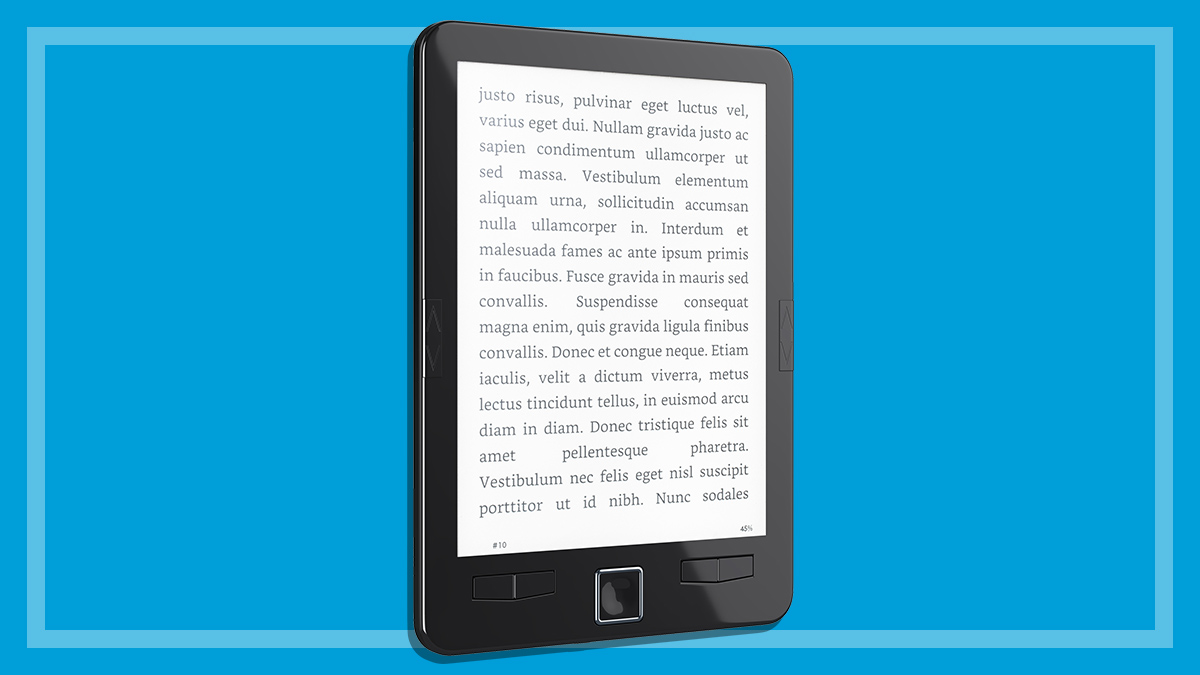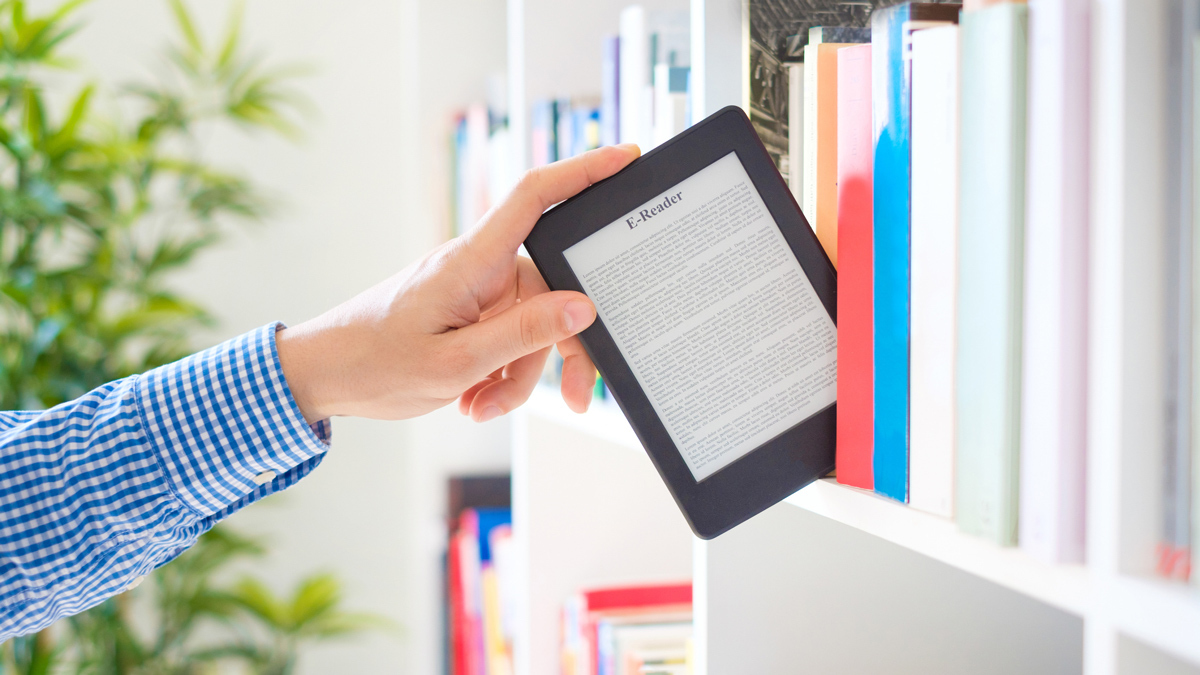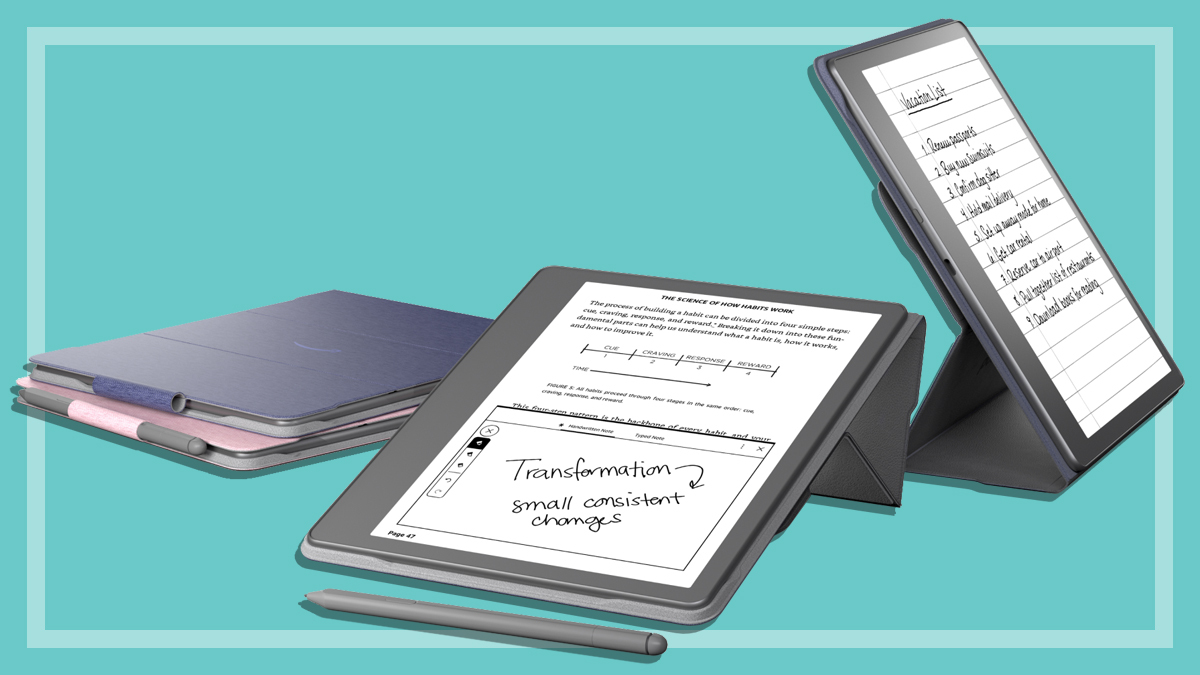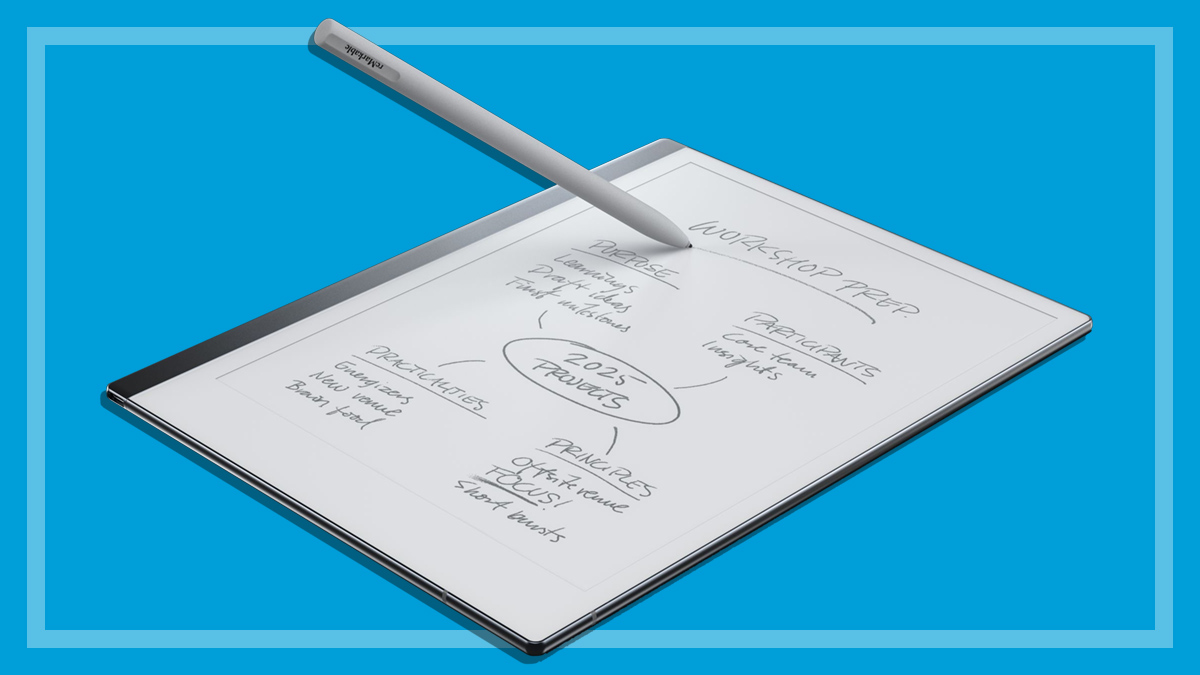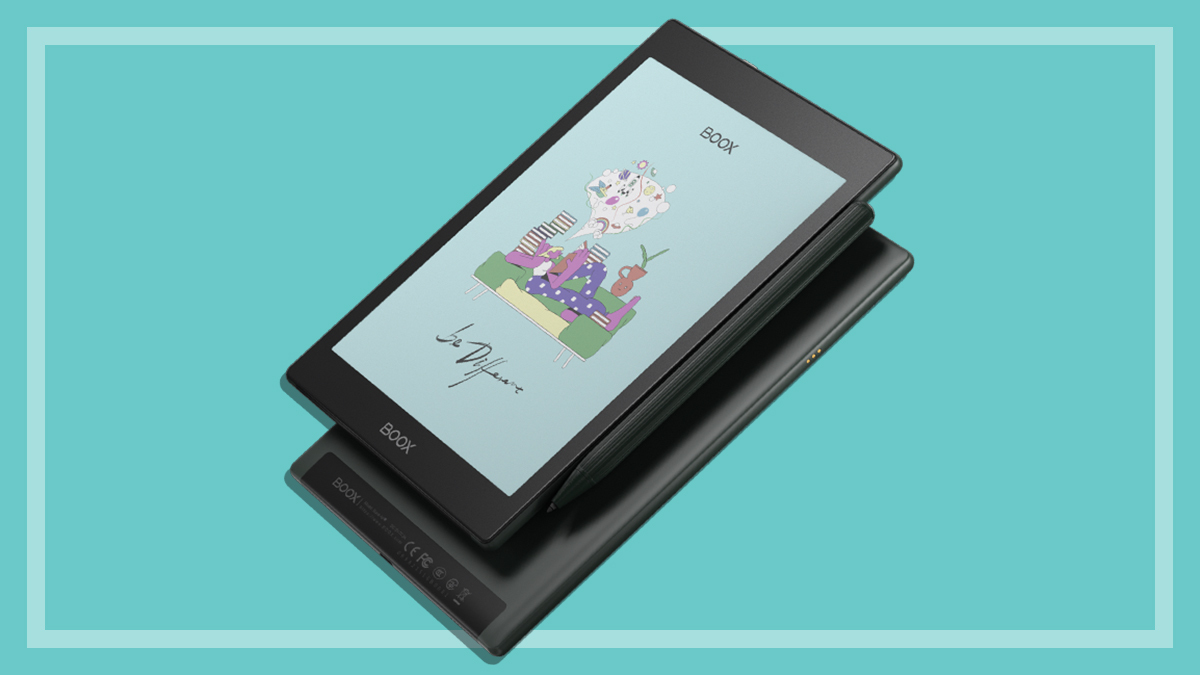Get our independent lab tests, expert reviews and honest advice.
How we test e-readers
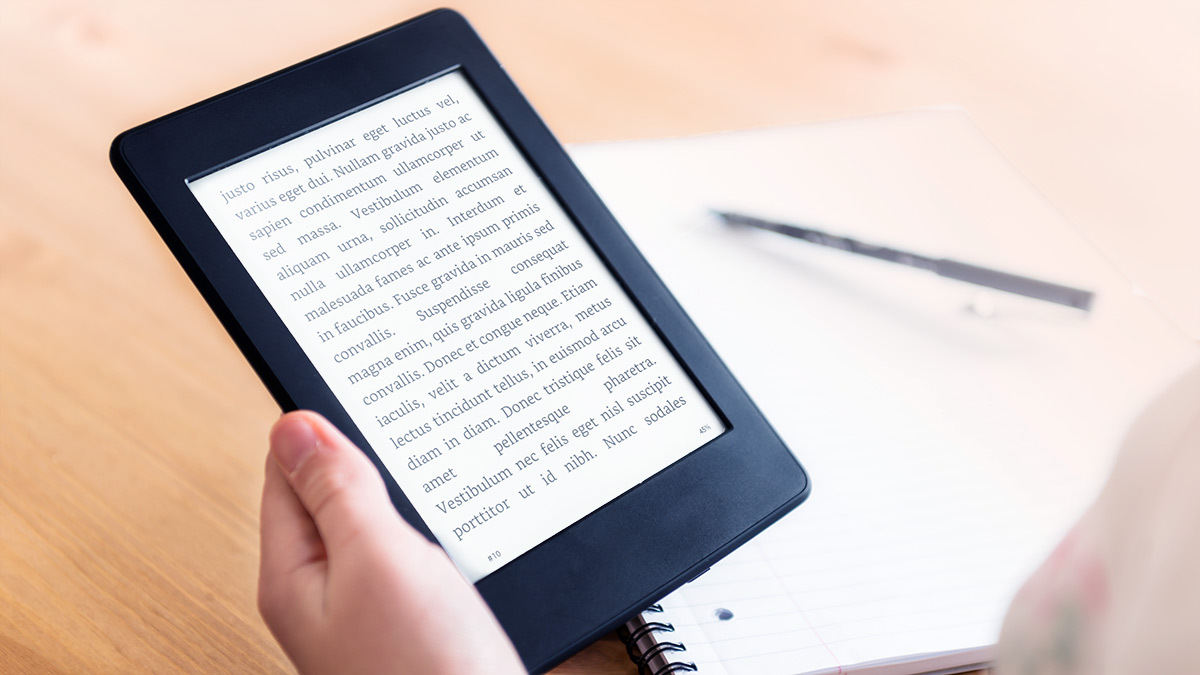
Ebook readers or e-readers traditionally use an e-ink display to simulate the appearance of a paper book and, unlike other electronic viewing devices like laptops and tablets, they don’t require a backlight (although most models now include a light within the screen if you need it).
On this page:
This means less strain on the eyes after prolonged viewing and good readability even in direct sunlight. E-readers can last weeks on a single charge, and most can hold thousands of ebooks usually on the device or sometimes on a removable storage card.
Our expert testers
Our hands-on testing of e-readers focuses on design and ease of use, which includes an ease of use assessment by our expert testers as well as an assessment of the online purchasing environment, with scores based on how easy it is to buy, transfer and share ebooks.
How we choose what we test
Every test will include a range of Amazon Kindle e-readers and Kobo e-readers at various price points. After several years assessing a wide variety of models, these two brands have come out on top. Our tests have also included Android and Apple tablets, so people can see how they compare with a dedicated e-ink based e-reading device. At times we’ll also include the most affordable iPad as a point of comparison.
If we haven’t tested the latest iPad, you can check the ‘Discontinued’ box in the ‘Related products’ filter on our e-reader reviews to see how it performed.
How we test e-readers
Online purchasing and lending
Our tester first looks at whether or not you can buy an ebook through an online store app embedded in the e-reader. A couple of specialist e-ink devices do not have this ability and are penalised as a result. Our tester then looks at how easy it is to share an ebook title without having to share an account sign-in.
User interface
Our tester looks at how easy it is to turn on the e-reader and access a title as well as the overall ergonomics of the e-reader compared to a paper-based book. Other aspects our tester looks at include page turning and general navigation within an ebook, and finally ease of holding the e-reader while reading a book.
This has become an issue in recent years with the release of larger e-readers which offer more reading area but could be an issue in general usability or when reading in bed.
Readability score
Our readability score is based on an assessment of the feel of each newly tested model when reading an ebook, compared with reading a paper-based novel. Our tester spends time during the day and at night with each ebook reader so it can be used under three different types of lighting: normal indoor lighting, normal outdoor lighting, and normal bedroom night-time lighting.
How we score e-readers
The CHOICE Expert Rating (or overall score) is made up of:
- online purchasing and lending (25%)
- user interface (20%)
- readability – indoor lighting/outdoor lighting/bedroom night lighting (50%)
- ease of holding (5%).
All of the available models we’ve tested have Wi-Fi support and a touchscreen. E-readers are now arriving with Bluetooth support, which means you can listen to audiobooks via wireless headphones or a wireless Bluetooth speaker. Where the company has removed this feature (even though it may be available in other countries) we’ll note this in the ‘Bad points’ section of our review.
Ebook readers by default ship with an electronic version of the manual available on the device, and are marked down in the ‘Bad points’ section if one isn’t included.

